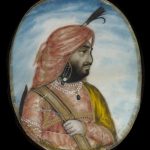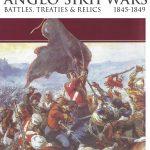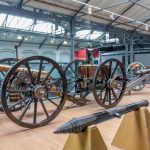- Raja Lal Singh
- Akali Battle Standard
- Sutlej Guns
Name of battle: Battle of Ferozeshah
(originally referred to as Pheru-shah)
Date of battle: December 21-22 1845
Location: On the south bank of the Sutlej River in the Punjab in North West India.
Generals that fought in the battle: Major Gen Sir Hugh Gough and Gen Sir Henry Hardinge, Raja Lal Singh and Tej Singh
The next day after the Battle of Mudki, the dead on both sides were buried or cremated where possible. However many bodies were left to rot. The British went to secure the Mudki Fort where they were met with Sikh snipers. Lal Singh conveyed the Sikh position to the British through emissary Shams-ud-Din reaching Major Broadfoot essentially favouring an attack to the north. C in C, Gough preferred a direct attack from the south and for it to be undertaken imminently.
Lord Hardinge in view of what he saw of the fighting spirit of the Sikhs at Mudki, over-ruled Gough and ordered that the attack be deferred till Littler’s force from Ferozepur joined the main army. On the other hand, Tej Singh with a force of ten thousand under him, remained idle in the neighbourhood of the battle field absurdly pretending that he was guarding Ferozepur although Littler’s force of 5000 had left clearly in broad day light.
Lal Singh was being admonished by his own artillery for not moving quick enough and failing at Mudki. The Sikhs were estimated as having between 35, 000 fighting force to around 25,000 however not all of this was deployed in the battle (with 17,000 only engaging). The British figures were recorded as 18,000 with one third Europeans and two thirds sepoys. The Sikhs, Fauj-i Khas was commanded by Dewan Ajodh Prashad, artilery headed by General Ilahi Bakhsh, together with Methab Singh and Bahadhur Singh’s brigade.
The fighting began at 3.30pm when the C in C, Gough himself led the right, Hardinge in the centre and Littler the left wing of the assailing force. Such were the quick volleys of this firing that within ten minutes two hundred British soldiers were either killed or crippled and Littler retired with his force to Misreewallah. The power of the Sikh guns were superior to the British, leading to the depleting reserves of their ammunition.
As darkness fell, General Harry Smith’s division launched a renewed attack, which overran several Sikh batteries and penetrated into the midst of the Sikh camp, around the village of Ferozeshah itself, before being driven back by counter-attacks. Fierce fighting continued until midnight. Many casualties were caused on both sides as a Sikh magazine exploded, British losses increased. Walter Gilbert and General Wallace showed some success however losing 270 men in the exploit. The Sikh horsemen were driven back by a British cavalry regiment, the 3rd Light Dragoons at which time the British also withdrew.
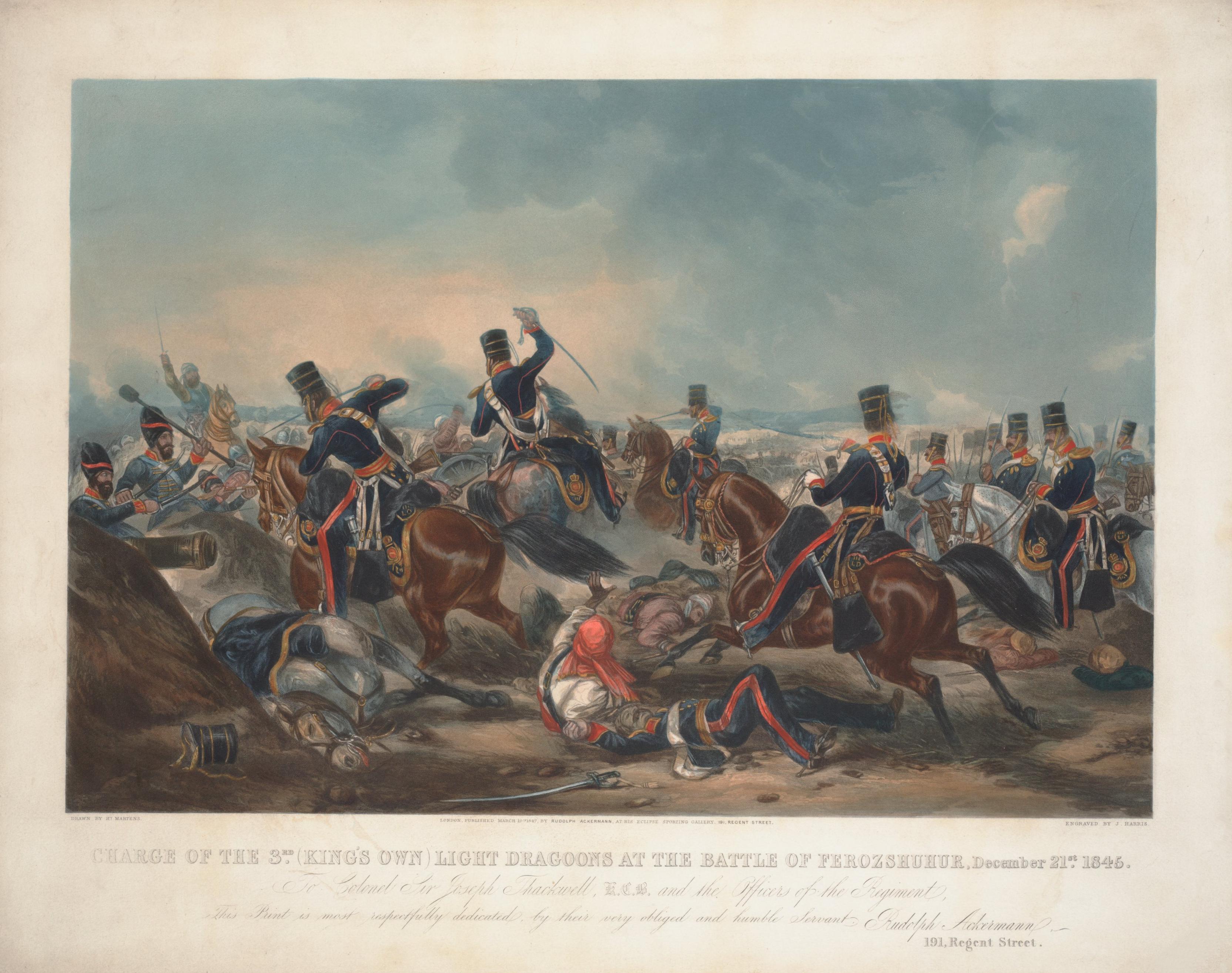
Khalsa Artillery firing on the the 37th Kings Own light Dragoons (3rd (King’s Own) Hussars).
The British now found themselves in a grave position. The British were without food or water through the night. Cunningham who was present in the battle gives a graphic description of the battle scene, “Darkness, and the obstinacy of the contest, threw the English into confusion; men of all regiments and arms were mixed together: generals were doubtful of the fact or of the extent of their own success and colonels knew not what had become of the regiments they commanded or of the army of which they formed a part”. The future of the British Empire remained in the balance.
Diary of Sir Robert Cust, who was present in the battle states, ‘December 22nd. News came from the Governor General that our attack of yesterday had failed, that affairs were desperate, that all State papers were to be destroyed, and that if the morning attack failed, all would be over; this was kept secret by Mr. Currie and we were concerting measures to make an unconditional surrender to save the wounded, the part of the news that grieved me the most.’ General Sir Hope Grant who was also present stated ‘Sir Henry Hardinge thought it was all up and gave his sword, a present from the Duke of Wellington and which once belonged to Napoleon-and his Star of the Bath to his son, with directions to proceed to Ferozepur remarking that if the day were lost, he must fall.
On the second day of fighting, the Sikhs had the advantage having full rations of food and with ample ammunition. However frustration was building up with Lal Singh who had deliberately failed to attack the British lines which left his Ghorchurras ineffective in the battle. The Akali Nihangs attacked his camp, he precipitately fled, leaving his subordinates without orders and without an object, at a moment when the artillery ammunition of the English had failed, when a portion of their force was retiring upon Ferozepur.’ On the right of the British line Gough committed Brigadier White’s cavalry brigade; HM 3rd King’s Own Light Dragoons, 4th Bengal Light Cavalry (Lancers) and the 9th Bengal Irregular Cavalry, to an attack on the corner of the fortifications. Hardinge and his units were on the left. However, the British and Bengal Army units rallied and drove the Sikhs from the rest of their fortifications.
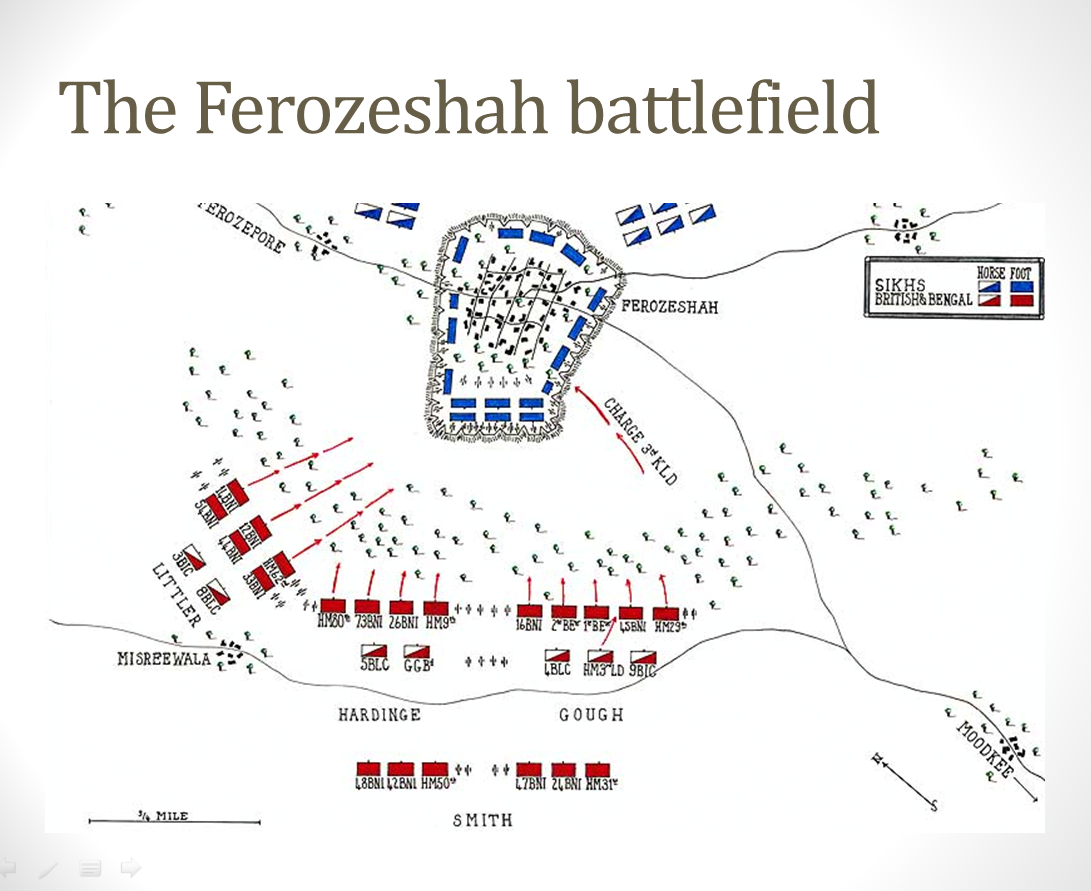
Battle formation of the British and the Sikhs
Considerably reduced by their casualties at Mudki, the 3rd charged through a battery and the infantry positioned behind it, before breaking into the Sikh camp and engaging in ferocious hand to hand combat with crowds of swordsmen and matchlock men. During the battle a particularly hard fought action took place over a black Akali standard, with several officers and soldiers of HM 80th killed in the struggle to capture it. The standard was finally taken by Colour Sergeant Kirkland of HM 29th Foot (which now hangs in Lichfield Cathedral). Much of the Sikh army had now fled.
After four days Tej Singh who had remained stationary near Ferozepore finally arrived near Ferozeshah. The British were caught unaware of his intentions and proceeded to regroup their forces northwest of the village. Some shot were fired by the troops which were returned by the British. With this exchange lasting no more than two hours- Tej Singh ordered a retreat to the bewilderment of his Sikh forces and British alike. With two commanders of the Sikh army retreating within a space of two days the dual role and treachery of their cause was open for all to see on all sides.
After the battle the Sikh army crossed the Sutlej at Sobraon, while Gough led his army on to Ferozepore. If the Sikhs had initially attacked Ferozepore the British would have had nowhere to go except to fall back. Only when reinforcements and additional ammunition arrived in the new year would Gough resume his offensive and attack the main Sikh army in Sobraon however there was Buddowal and Aliwal to contend with first.
Key facts
C in C, Gough whilst in charge was being over ruled by the Governor General Hardinge who had relinquished his command to serve under Gough. This put Gough’s decision making under strain.
One the first day of fighting the British had deployed all parts of their army into the battle, the Sikh infantry was never used and could have beat the British if they had taken part.
Interestingly the battle of Ferozeshah is celebrated by many regiments in the UK. No such event takes place in India. Several British regiments commemorate the Battle of Ferozeshah: in particular the 62nd, which became the Wiltshire Regiment and the 80th which became the South Staffordshire Regiment. The successors of both these regiments still mount parades on the anniversary of the battle. In the Wiltshire Regiment the colours were handed to two sergeants who held them for 24 hours in commemoration of the high officer casualties at Ferozeshah which led to the colours being taken over by sergeants.
A curious incident had occurred at the beginning of the day’s crisis, when the assistant adjutant-general, Captain Lumley, suffering it is thought from the sun and the stress of battle, approached various regiments in turn and ordered them to march to Ferozepore, with the result that at the worst moment of the hard fought two day battle a significant portion of Gough’s army left the field. Tej Singh cited this reason to withdraw his forces from the battle.
Major George Broadfoot, the political agent at Ferozepore who was instrumental in causing friction with the Lahore Durbar and his assistant Capt. Peter Nicholson who was receiving battle plans from the Sikh commanders were both killed at Ferozeshah.
Losses: british losses 694 killed, 1721 wounded, sikh losses estimated at 3,000.
Further reading
Anglo Sikh Wars-Karnail Singh
Waqai-Jang-i-Sikhan [Events of the (First) Anglo-Sikh War, 1845-46] Eye-witness account of the battles of Pheroshahr & Sobraon, Dewan Ajudhia Prashad
The Last Sunset-The Rise and Fall of the Lahore Durbar-Capt Amarinder Singh
The First Anglo-Sikh War-Amarpal Singh Sidhu
The Sikh Wars 1845-1846 1848-1849-Hugh Cook
History of the Sikhs-J.D Cunningham

